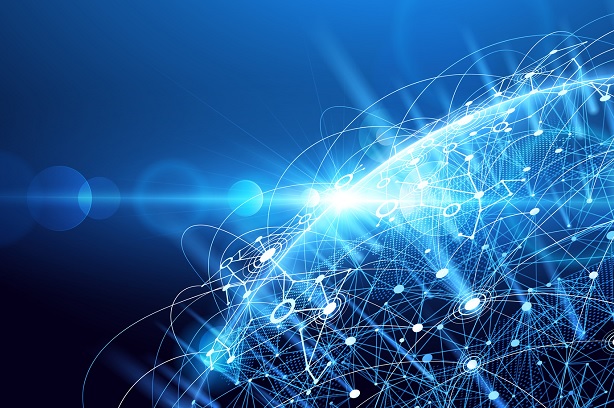The United Nations agency said the new platform will help ensure networks remain resilient and services are available to everyone.
In a statement, the Secretary General of the International Telecommunication Union (ITU), Houlin Zhao, stressed that telecom networks had never been so vital to everyone’s health and safety.
The platform is designed to help both governments and the private sector.
Leveraging assets
Houlin Zhao wrote, “As a result, I have instructed my team to leverage without any delay ITU’s existing regulatory and policy-maker platform to help countries and industry cope with the increasing stress being put on global networks.
At stake is our ability, as one human family, to give health workers everywhere the tools they need to carry out their duties, to allow all those that can to work from home, to trade online, to ensure that hundreds of millions of children and young people keep up with their studies, and to keep in touch with loved ones, wherever they are.”
The platform launches to help national policy-makers, regulators and industry stakeholders to share best practices and the news about the initiatives put in place during the COVID-19 crisis.
The new Global Network Resiliency Platform (#REG4COVID) is available here.
Expanding capabilities
Although initially an information source tool, the will soon be expanded to act as an interactive and engaging platform for continuous sharing throughout this crisis and beyond.
The statement continued, “As the United Nations specialized agency for information and communication technologies, ITU has long advocated for universal, reliable and affordable connectivity, and we will continue to push on all these fronts until everyone is connected.
“I call on all ITU members, from the public and private sector alike, to come together to build the best platform we can so that information and communication technology can help defeat COVID-19 and make us safer, stronger and more connected.”



